Name Roy Kiyooka Role Poet | Education SAIT Polytechnic | |
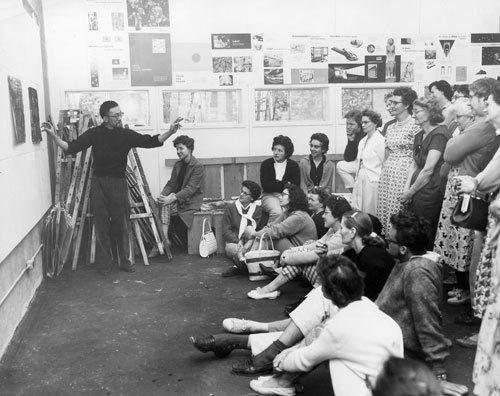 | ||
Full Name Roy Kenzie Kiyooka Died January 4, 1994, Vancouver, Canada Nominations Governor General's Award for English-language poetry Books Mothertalk: Life Stories of Mary Ki, Pacific Windows: Collected, Transcanada Letters, The artist and the moose, Fontainebleau Dream Machine | ||
REED: the life and works of Roy Kiyooka trailer
Roy Kenzie Kiyooka, (January 18, 1926 – January 4, 1994) was a Canadian arts teacher, painter, poet, photographer, and multi-media artist of national and international acclaim.
Contents
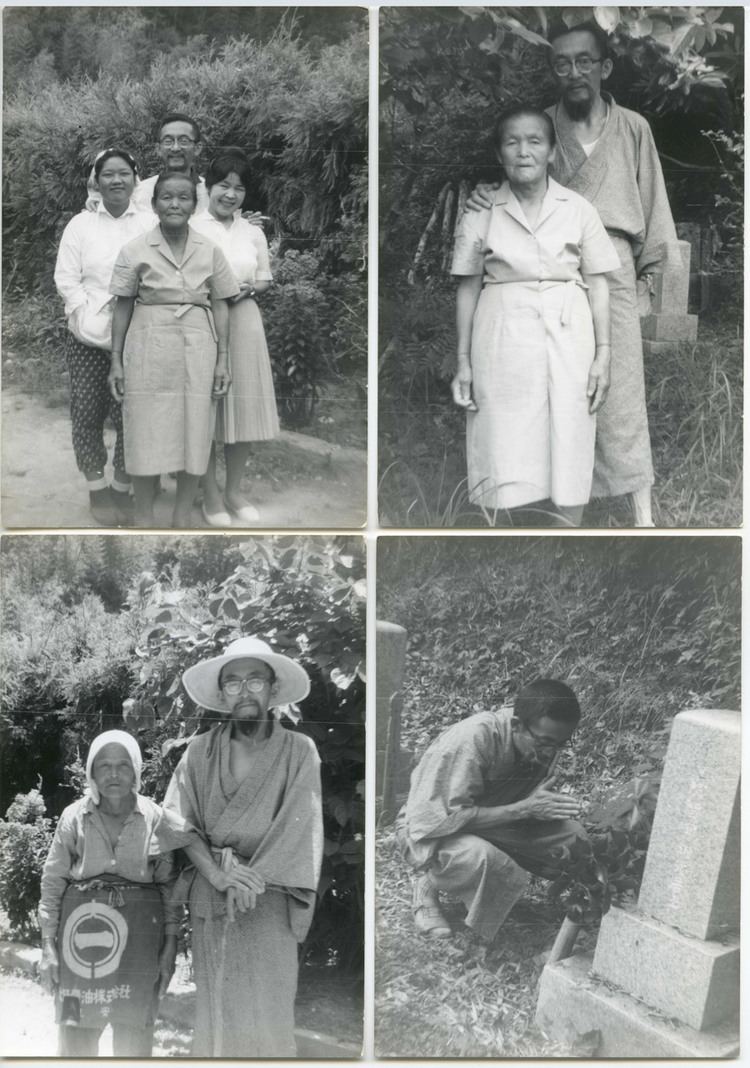
Biography
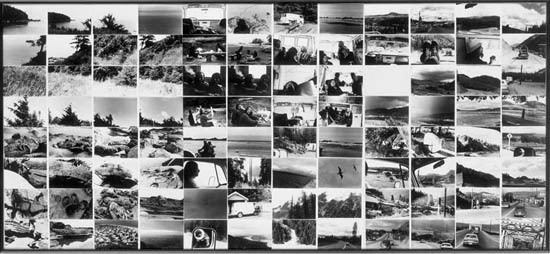
A Nisei or a second generation of Japanese Canadians, Roy Kenzie Kiyooka was born in Moose Jaw, Saskatchewan and raised in Calgary, Alberta. His parents were Harry Shigekiyo Kiyooka and Mary Kiyoshi Kiyooka. Roy's grandfather on maternal side, a samurai Ōe Masamichi, was the 17th headmaster of the Musō Jikiden Eishin-ryū school of swordsmanship. Roy Kiyooka's brother Harry Mitsuo Kiyooka also became an abstract painter, a professor of art, and sometimes curator of his brother's work. Harry Kiyooka taught art at the University of Alberta in Calgary, now The University of Calgary, from 1961 to 1988. And Roy's youngest brother Frank Kiyooka became a potter.

In 1942, after the bombing of Pearl Harbor, the family was uprooted and moved to a small town in rural Alberta called Opal. Roy Kiyooka was unable to finish high school.
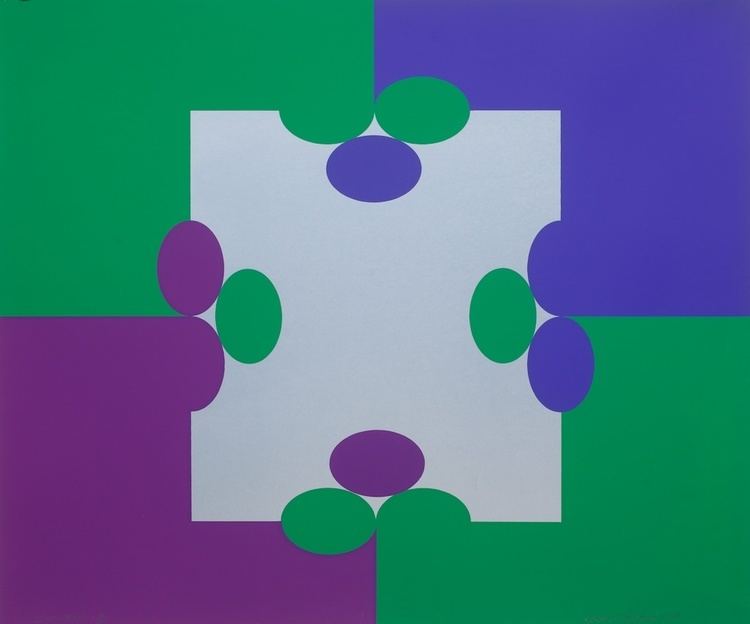
From 1946 to 1949, he studied with Jock Macdonald and Illingworth Holey Kerr at the Provincial Institute of Technology and Art. With a scholarship, he was able in 1955 to go to Mexico for eight months to study under James Pinto at the Instituto Allende in San Miguel de Allende. In 1956 he began teaching at the Regina College of Art. In Regina he worked with a group of abstract painters, but Kiyooka left for Vancouver in 1959 and thus was not included in the group show coined the Regina 5'.
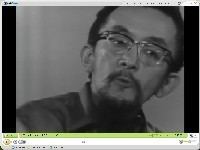
At the time, Kiyooka was very impressed with Clement Greenberg's ideas. In the summers from 1957 to 1959 he took part in the Emma Lake Artists' Workshops of the University of Saskatchewan, and there worked with Will Barnet and Barnett Newman.
From 1960 to 1964, he was at the Vancouver School of Art (now Emily Carr University of Art and Design), from 1965 to 1970 at the Sir George Williams University in Montréal (now Concordia University). In 1971–72 he taught at the Nova Scotia College of Art and Design, Halifax and then, from 1973 to 1991, at the Fine Arts Department of the University of British Columbia in Vancouver.
He was made a member of the Royal Canadian Academy of Arts in 1965. In the same year he represented Canada in Sao Paulo, Brazil, and won a Silver Medal at the Eighth Sao Paulo Biennial. In 1975, the Vancouver Art Gallery organized a twenty-five-year retrospective of his work. In 1978 he was named an Officer of the Order of Canada.
At the end of the 1960s, Kiyooka had lost faith in modernism and stopped painting. He began to use performance, film and music. He also began to work with photography and he produced a few series of sculptures, in 1969 Roy was commissioned to build a sculpture, “Abdu Ben Adam’s Vinyl Dream,” for the Canadian pavilion at Expo ‘70 in Osaka, Japan. While in Japan he made the StoneDGloves: Alms for Soft Palms photographic series, shown at the National Gallery in Ottawa and later he made 16 Cedar Laminated Sculpture series, shown alongside the Ottoman/Court Suite of silk-screen prints, at the Bau Xi Gallery in Vancouver in May 1971.
“Pear Tree Pomes” illustrated by David Bolduc (Coach House Press, 1987) was nominated for a Governor General’s Literary Award.
Books
Books published posthumously include:
